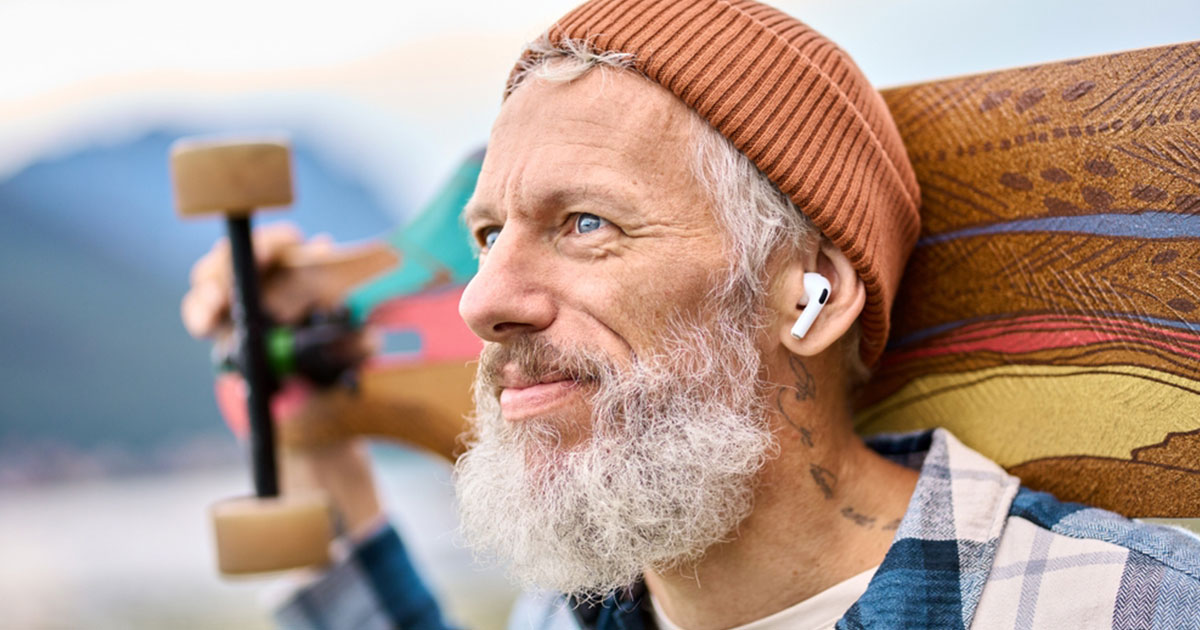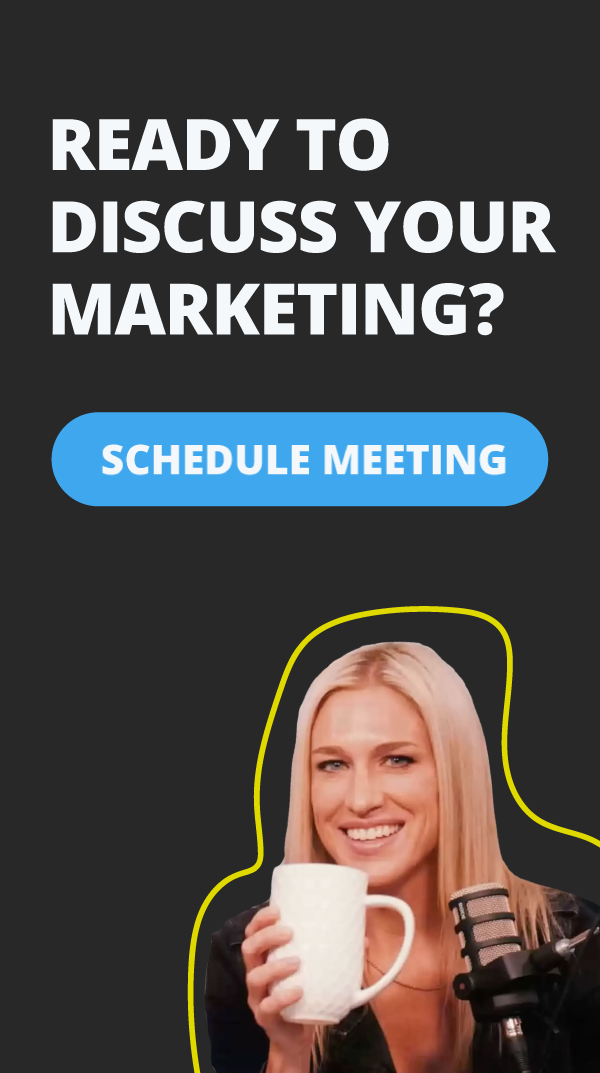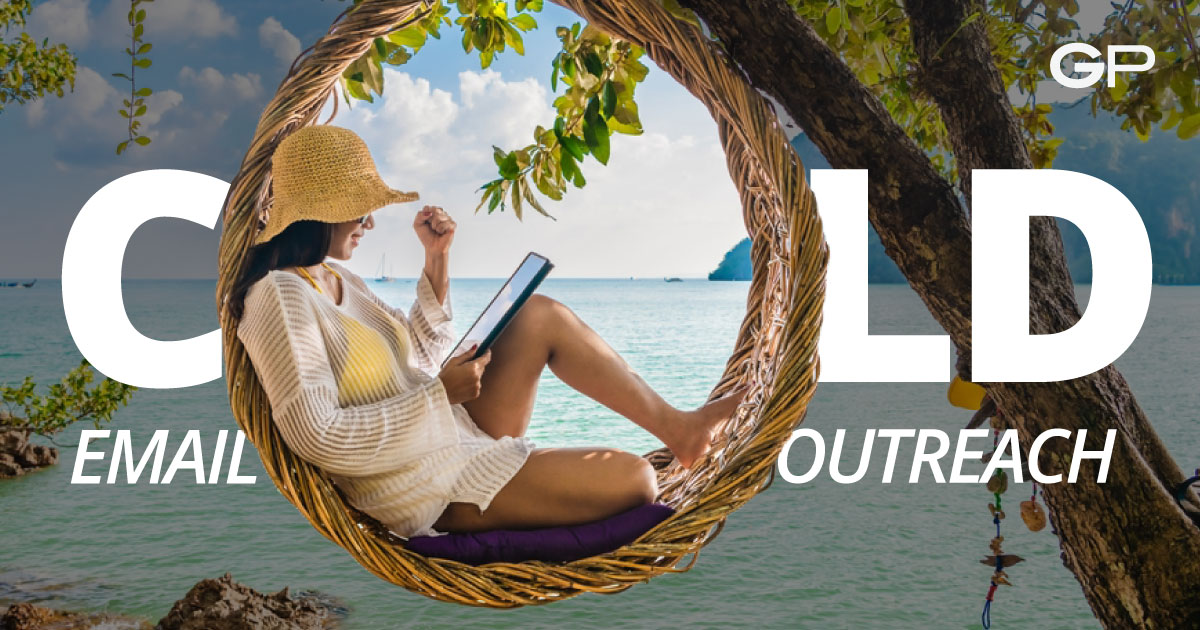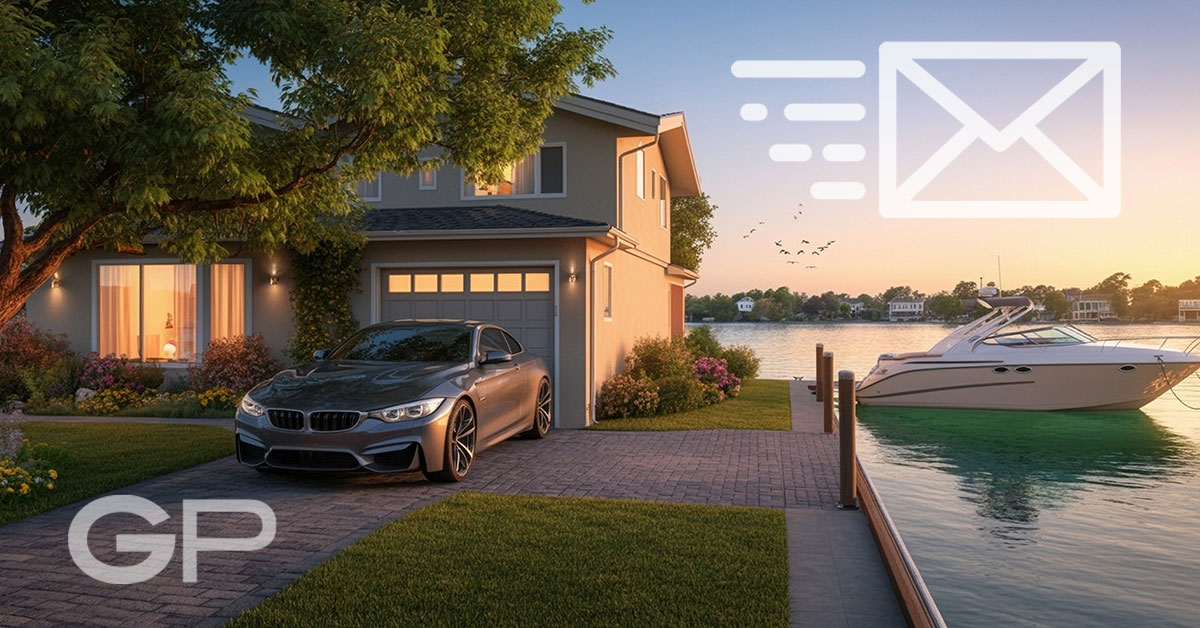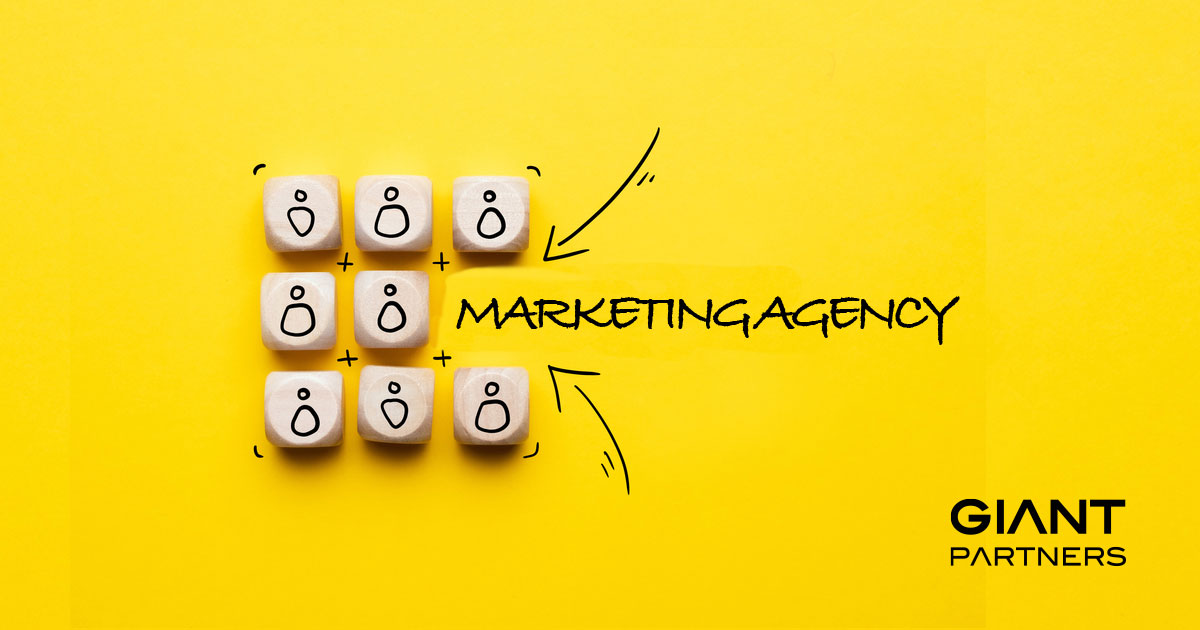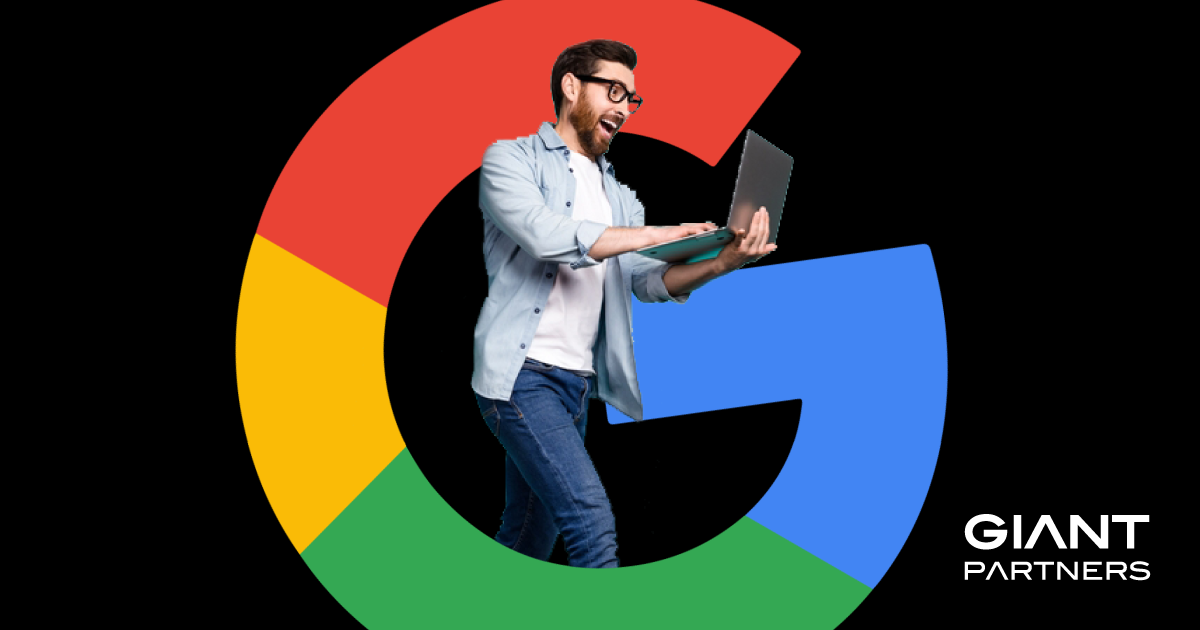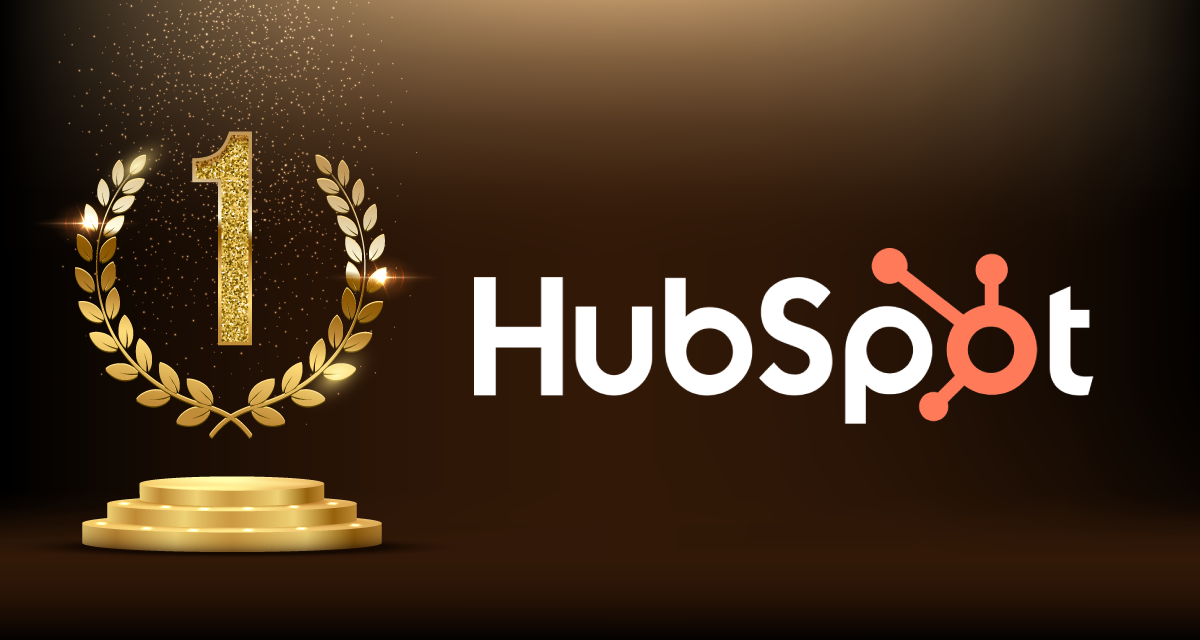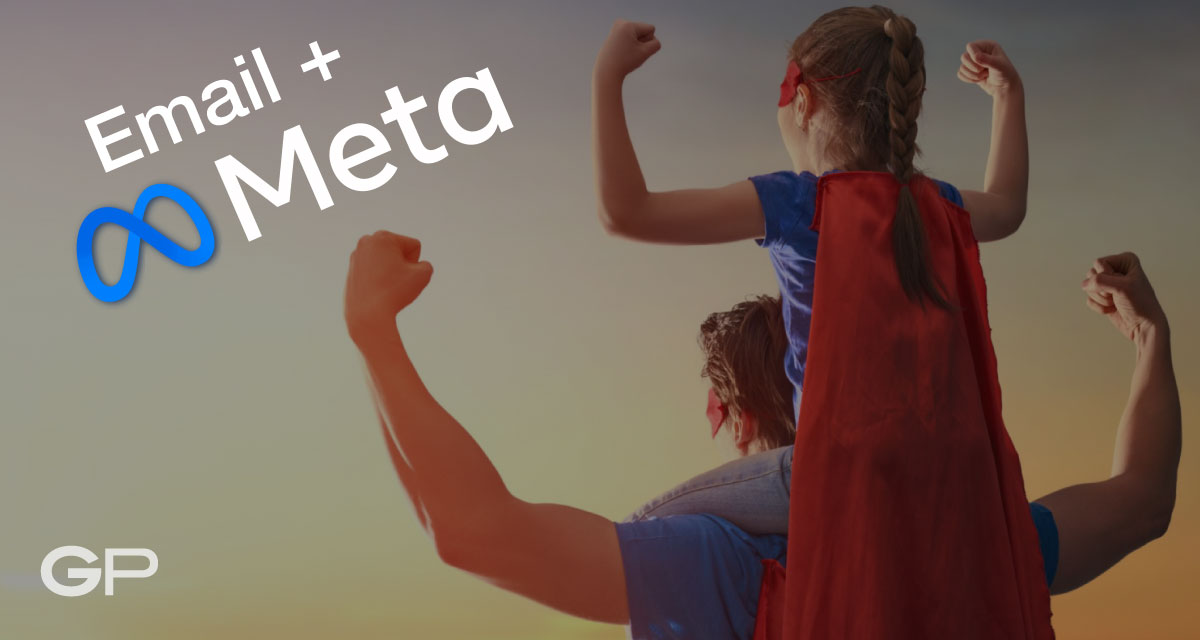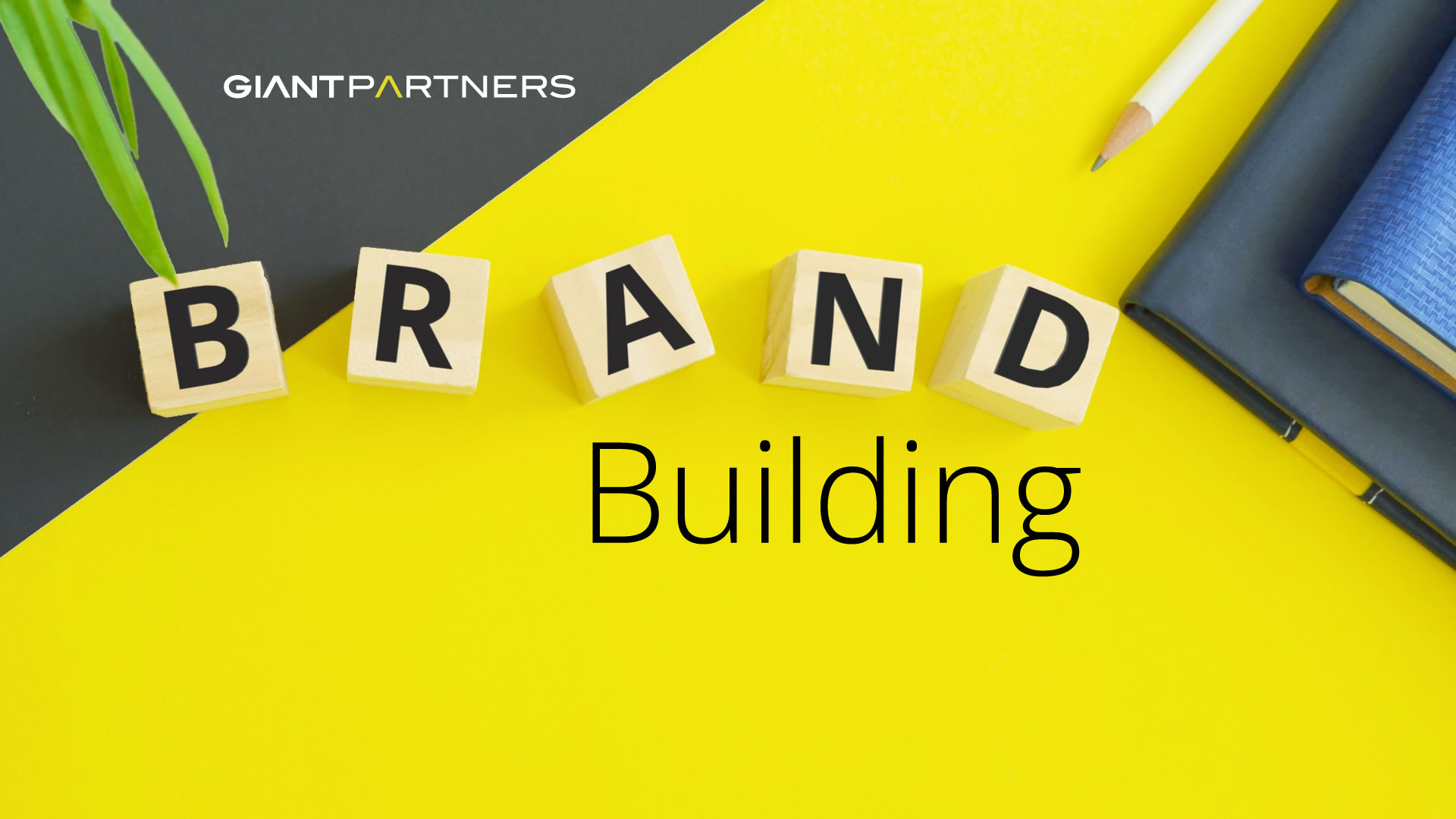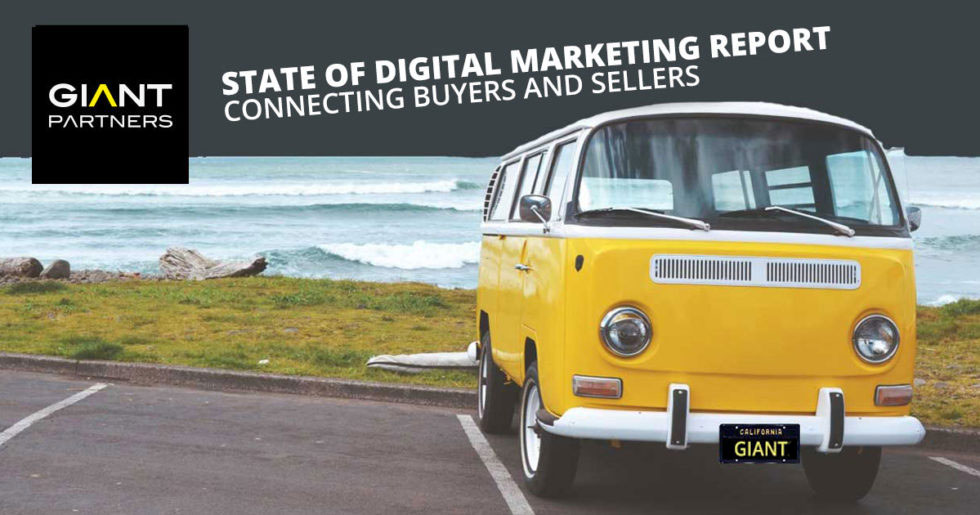![]() By Jeremy Koenig | Meta Advertising Strategy | Updated Oct 2025 | 17 Min Read
By Jeremy Koenig | Meta Advertising Strategy | Updated Oct 2025 | 17 Min Read
 By Jeremy Koenig | Meta Advertising Strategy | Updated Oct 2025 | 17 Min Read
By Jeremy Koenig | Meta Advertising Strategy | Updated Oct 2025 | 17 Min Read
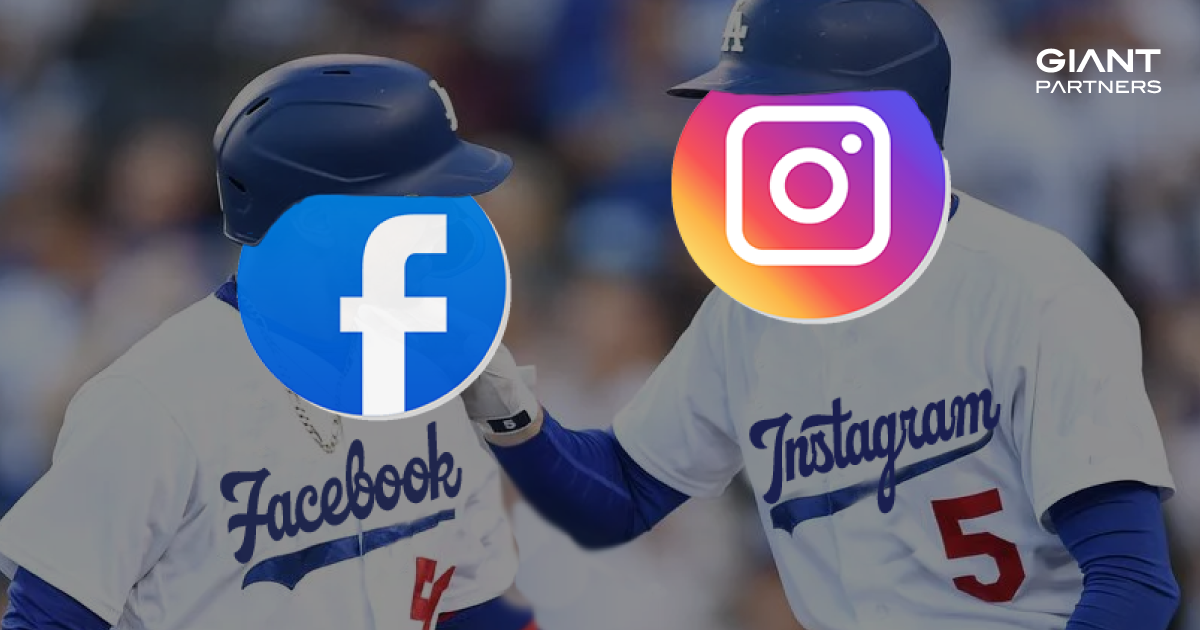
Introduction: An Incredible Two-Thirds of Americans Look at their Facebook and or Instagram Account Daily
Meta advertising strategy has become a cornerstone of business marketing due to the platforms’ massive reach and precise targeting capabilities. With over 279 million users in the U.S. alone, these platforms offer unparalleled access to potential customers, allowing businesses to reach their target audience where they spend a significant portion of their time. Approximately 70% of American adults log into Facebook daily, and around 63% check Instagram at least once a day, often on their personal devices. This level of engagement presents a golden opportunity for businesses to build brand awareness, generate leads, and drive sales by delivering relevant content directly to consumers’ feeds.
Meta’s advanced advertising tools, such as custom audiences, lookalike audiences, and interest group targeting enable businesses to reach people who are interested in their products. The integration of shopping, direct messaging, and stories provides a seamless customer journey from discovery to purchase. Businesses of all sizes gain access to detailed analytics and flexible budgeting options, allowing for cost-effective and data-driven marketing strategies.
Watch article review with Jeremy Koenig
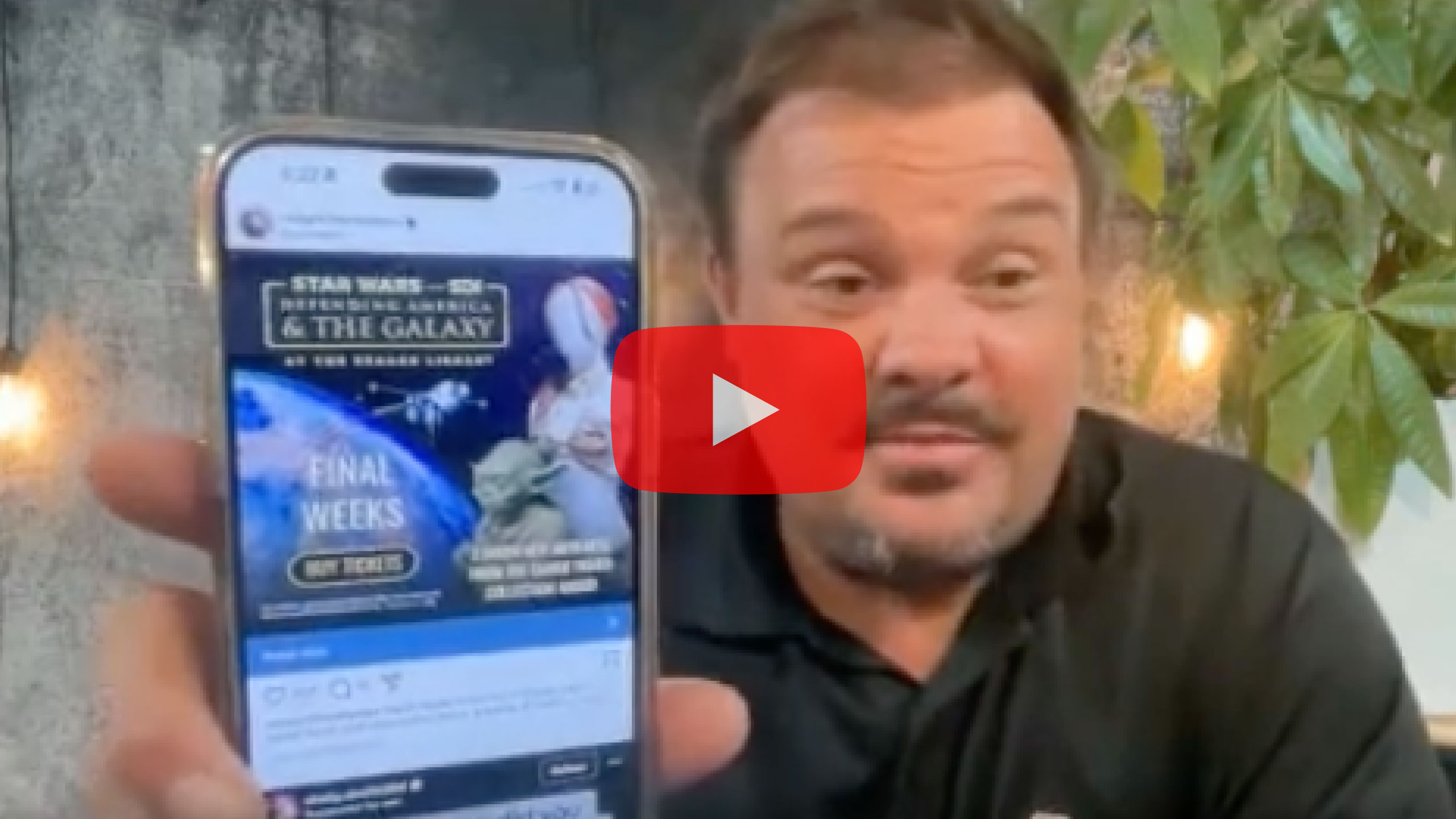
Did you know? The average CPL (cost-per-lead) from Google is $20 to $100 while the average CPL from FB/IG is $5 to $30.
Here’s Our Top 10 List of FB/IG Advertising Strategies:
- Tell a Story that Appeals to Emotion (Raw and Real)
- Search for Interest Groups Until You Figure it Out
- Use Custom Audiences to Pre-Qualify Customers
- Test Your Call-to-Action and Replicate What Works
- Configure Conversion Events to Maximize Revenues
- Reinforce Email and Direct Mail Campaigns
- Tailor Your Content to Your Buyer Persona
- Use SMS Confirmations for Booked Events
- Retarget Website Visitors with Limited Opportunities
- Drive Traffic to Live Chat, Schedule Meeting, or Call
1. Tell a Story that Appeals to Emotion (Raw and Real)
Raw and real advertising content that tells a story almost always outperforms polished ads on Facebook and Instagram because of the inherently organic and user-generated nature of social media. People go to these platforms primarily to connect with others, not to be sold to. When ads mirror the authentic, everyday content that users are accustomed to seeing in their feeds, they blend more seamlessly with the environment. The less scripted, more spontaneous style of raw content feels genuine, making it easier for viewers to relate to, trust, and engage with. The familiarity of user-generated aesthetics, such as shaky camera footage, unedited photos, or candid moments, makes this content feel like part of the community rather than an intrusion.
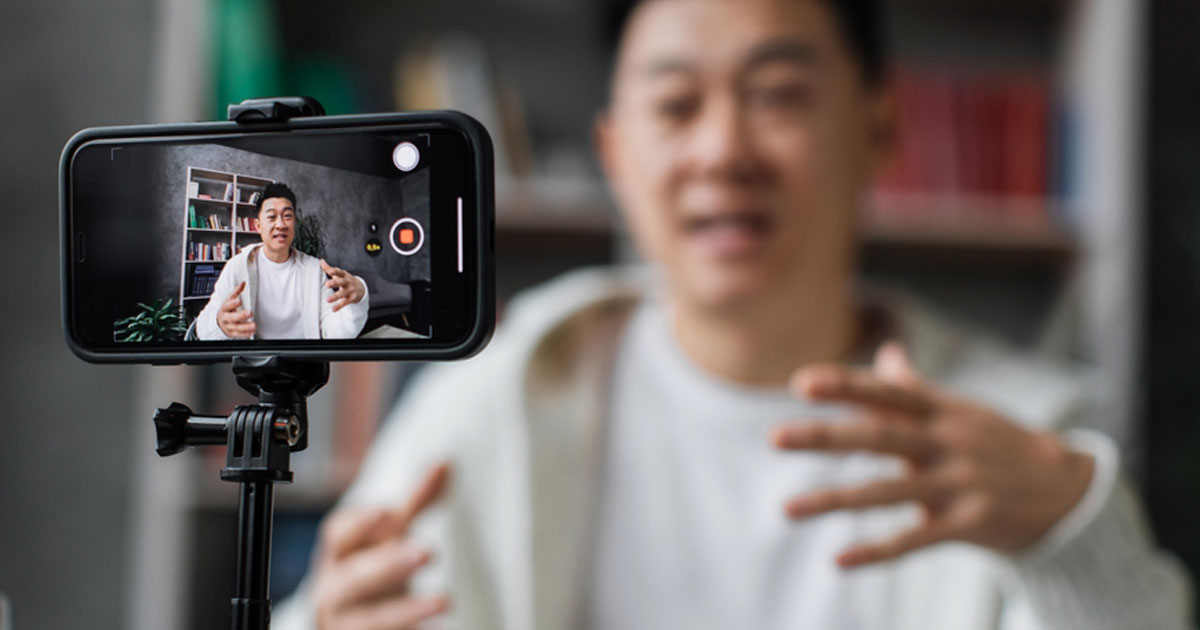
Additionally, social media algorithms prioritize engagement, and authentic content tends to spark more interactions. The casual, less polished look of raw ads invites more comments, likes, and shares because it feels more approachable and relatable. In contrast, overly produced ads often stand out as commercial interruptions, breaking the flow of organic content and leading to ad fatigue. This organic, community-driven vibe aligns with why people spend time on social media, making raw content more likely to resonate with audiences.
ProTip: Business owner self generated video captured on a smartphone is one of the Meta advertising strategy best growth hacks for new products. This type of content quickly builds brand awareness without breaking the bank.
2. Search for Interest Groups Until You Figure it Out
Facebook and Instagram (Meta platforms) generate interest groups by continuously tracking user interactions across their ecosystems. Every time users view, click on, or engage with content, this behavior is logged and analyzed. Viewing patterns—like how long a user watches certain videos, the types of posts they pause on, or the stories they watch—provide key signals about their interests. Clicks on links, ads, and buttons further refine these interest profiles. Additionally, Meta tracks audio interactions when the app is open on a device. By aggregating these behaviors, Meta categorizes users into interest groups, which are constantly updated to reflect users’ evolving preferences.

Real-time updates are a crucial aspect of how Meta maintains accurate interest groups. As users continue to interact with content, the platform dynamically adjusts their profiles. For example, if a user starts engaging more with fitness-related content, the system will quickly add them to relevant fitness interest groups. The data integration is holistic—combining viewing habits, click actions, and even audio consumption to ensure profiles are comprehensive and up-to-date. This constant refresh allows for more precise targeting by advertisers, who benefit from accessing audiences that reflect the most current user behaviors.
Advertisers leverage these interest groups through Facebook and Instagram’s ad platforms by selecting specific interests that align with their target audience. For instance, a brand selling outdoor gear can target users identified in the “Outdoor Enthusiasts” group, based on their content engagement. Advertisers can layer these interest groups with other targeting options like demographics, behaviors, and locations for even more precise targeting. As campaigns run, Meta’s machine learning further optimizes ad delivery by focusing on users within those interest groups who are most likely to engage based on real-time data. This dynamic targeting ensures that ads reach users who are actively interested in relevant content, maximizing campaign effectiveness.
ProTip: Layer custom audience list uploads on top of Meta advertising strategy interest group targeting parameters to further refine targeting and or suppress users from seeing your ads.
3. Use Custom Audiences to Pre-Qualify Customers
Custom audience data uploads allow advertisers to refine their social media targeting by modeled customer data. By uploading this data to Facebook and Instagram (Meta), advertisers can directly target users who are pre-qualified to purchase their products and services. This ensures that ads are shown to highly relevant audiences who are more likely to convert. What makes custom audience data particularly powerful is the ability to enhance targeting with information not directly available through Meta’s built-in targeting options, such as specific wealth indicators, ethnicity, or niche demographic details (like new home buyers). When combined with Meta’s extensive interest and behavior data, these custom audiences enable a more accurate focus on qualified prospects.
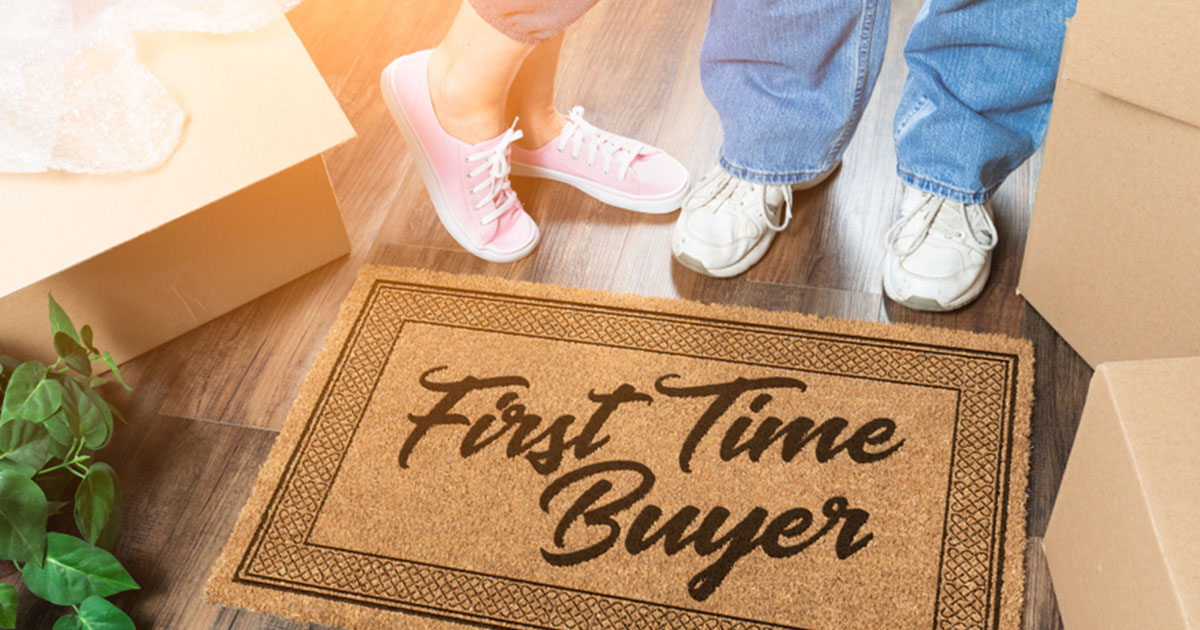
Additionally, advertisers can use custom audience data to create Lookalike Audiences, which extend targeting by identifying new users who resemble the characteristics of their best customers. For example, if an uploaded list includes high-net-worth individuals or specific ethnic demographics that are not directly targetable within Meta’s Ad Manager, Lookalike Audiences can replicate these traits based on behavioral and interest patterns. This approach helps advertisers reach users with similar profiles, ensuring ads are seen by those most likely to buy, even when crucial data points like income level or ethnic background are not directly targetable. This blend of custom and algorithmic targeting maximizes the relevance and effectiveness of social media campaigns.
Pro Tip: Upload custom audience lists containing name, email, phone, dob and zip for maximum user match rates. Custom audience list uploads typically match between 80-90% of FB/IG users.
4. Test Your Call-to-Action and Replicate What Works
Facebook and Instagram offer various call-to-action (CTA) options that guide users through the conversion process, depending on campaign objectives. Common CTAs include “Shop Now,” “Learn More,” “Sign Up,” “Get Quote,” and “Download,” each tailored to prompt specific user actions, such as making a purchase, submitting a lead form, or accessing gated content. The choice of CTA is critical, as it directly influences the user’s journey and the likelihood of conversion. For marketing campaigns, a well-chosen CTA should align with the audience’s intent and match the stage of the buying funnel they are in. The smoother and more intuitive this path is, the higher the chance of turning a prospect into a qualified lead or customer.

Creating a frictionless conversion path is essential for reducing drop-offs and maximizing campaign ROI. Lead forms are a prime area where friction often occurs. Testing landing pages and lead forms with and without required fields like email, phone numbers, or qualifying questions helps identify the balance between capturing valuable data and minimizing resistance. In some cases, longer forms with more fields can pre-qualify leads, but they may also deter users who prefer a faster process. By A/B testing different versions, advertisers can find the optimal form that gathers necessary information while maintaining high conversion rates. Similarly, optimizing landing pages for speed, clarity, and relevance ensures users have a seamless experience that reinforces the ad message and moves them swiftly toward the CTA.
Once a lead is captured, sending immediate SMS confirmations is crucial for keeping engagement high and validating the user’s action. This quick follow-up reassures the user that their submission was successful and primes them for the next step in the sales funnel. Additionally, SMS confirmations can provide further details, links to additional resources, or even exclusive offers, helping nurture the lead right from the start. This kind of prompt communication significantly reduces the chances of leads losing interest or forgetting about their interaction with the brand. Ultimately, combining optimized lead forms, frictionless landing pages, and instant SMS follow-ups creates a streamlined, high-conversion environment that maximizes the value of each lead generated.
ProTip: When using the Facebook Lead form test capturing mobile number only. Once the form has been submitted trigger an instant SMS follow up introducing the individual who will be reaching out to them and what phone number they will be calling from. This technique can dramatically increase call back contact rates.
5. Configure Conversion Events to Maximize Revenues
Meta advertising strategy can be optimized based on various types of conversions, ranging from website visits and form submissions to inbound calls, live chats, CRM opportunities, and payments received. Each of these conversions provides valuable data that informs campaign performance and audience targeting. Meta’s platform allows advertisers to track these actions using the Facebook Pixel, conversion API, or other integrated tools. By setting up custom conversion events, advertisers can monitor which actions users take after interacting with an ad, whether it’s filling out a lead form, initiating a chat, or making a purchase. With this data, advertisers can optimize campaigns by adjusting targeting, bidding strategies, creative elements, and messaging to prioritize the conversions that drive the most value for the business.
![]()
Cloud-based CRMs play a pivotal role in maximizing the effectiveness of Meta ad campaigns by enabling bi-directional data syncing between the CRM and the advertising platform. This integration allows real-time syncing of lead information, sales opportunities, and closed deals back to Meta, where it can be used to refine audience targeting and calculate return on investment (ROI). For instance, once a lead progresses through the sales funnel and becomes a customer, that data can be sent back to Meta to improve lookalike audience targeting or exclude those customers from future acquisition campaigns. By continuously syncing conversion data, businesses gain deeper insights into which campaigns are truly driving revenue and can make more data-driven decisions regarding budget allocation, ad creative, and overall strategy, ultimately leading to more precise and profitable advertising efforts.
ProTip: For lead generation campaigns… Make it easy for sales reps to mark new contacts qualified or unqualified. Then sync this value back into the Meta Ad Manager. This simple technique is proven to dramatically increase ongoing lead quality from Facebook and Instagram advertising campaigns.
6. Reinforce Email and Direct Mail Campaigns
Targeting email marketing and direct mail recipients with Facebook and Instagram advertisements is a powerful strategy for increasing conversion rates by creating multiple touchpoints of communication. When a potential customer sees consistent messaging across different platforms, it reinforces brand awareness and keeps the product or service top-of-mind. By engaging recipients through both their inbox and social media feeds, businesses can create a more cohesive and persuasive experience, leading to higher engagement and ultimately more conversions. This multi-channel approach ensures that the audience is exposed to the brand in various contexts, making it more likely they’ll take the desired action, whether it’s making a purchase or signing up for a service.
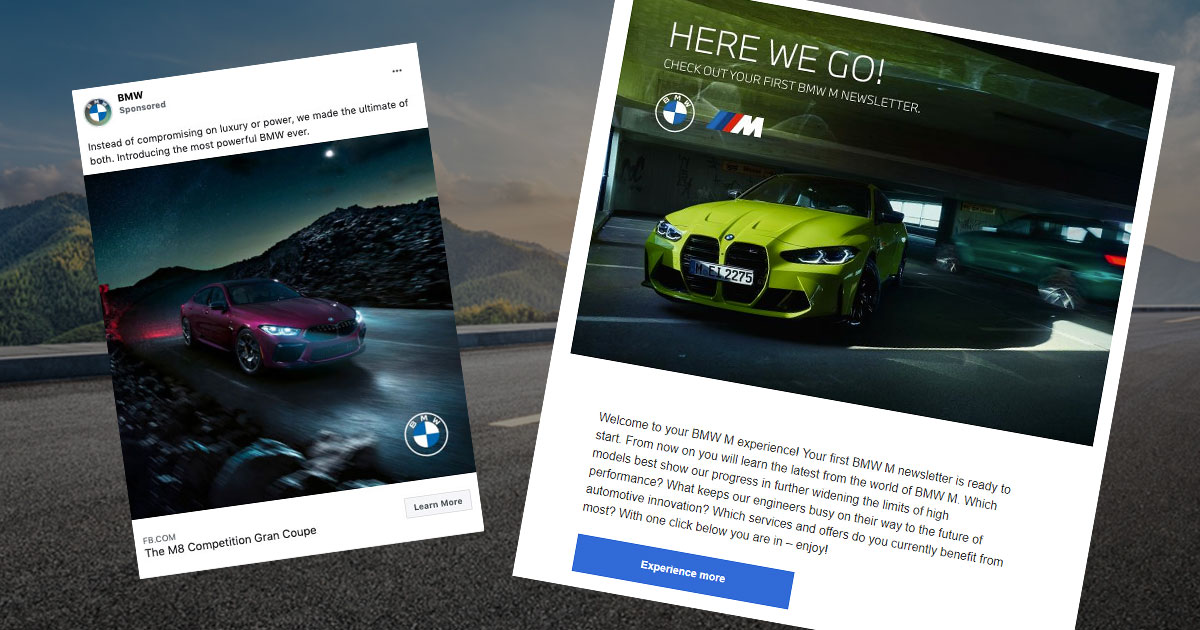
The most successful advertising campaigns recognize the importance of nurturing leads throughout the entire sales cycle. By leveraging direct communications (email and or direct mail) and social media ads together, marketers can guide prospects through each stage, from initial awareness to final conversion. Studies show that it typically takes an average of seven touchpoints for consumers to make a buying decision. By strategically placing these touchpoints across different channels, businesses can build trust, address potential objections, and gradually lead prospects to the point of purchase. This holistic approach not only increases the likelihood of conversion but also enhances the overall customer experience by providing relevant and timely content at each stage of their journey.
Pro Tip: Implement a comprehensive attribution strategy to calculate the true ROI for each advertising and communication channel.
7. Tailor Your Content to Appeal to Specific Buyer Personas
Tailoring FB/IG advertisements to specific buyer personas is crucial for maximizing the effectiveness of a social media campaign. Buyer personas represent different segments of a brand’s audience, each with distinct needs, preferences, and behaviors. By customizing your Meta advertising strategy appeal to these personas, businesses can ensure that messaging resonates deeply with the targeted audience, increasing the chances of engagement and conversion. When ads are too generic, they may fail to connect with any particular group, resulting in wasted ad spend and missed opportunities. Instead, by aligning ad content with the specific interests and pain points of each persona, brands can create more relevant and impactful campaigns.
Different buyer personas respond to different types of content, which is why it’s essential to craft ads that align with their unique preferences. For example, a tech-savvy persona might be drawn to ads featuring detailed product demos or infographics, while a budget-conscious persona might respond better to simple, straightforward messaging that highlights cost savings. Similarly, younger audiences might prefer dynamic, fast-paced video content, while an older demographic might appreciate more informative, slower-paced videos that offer in-depth explanations. Even the choice of imagery and headlines can have a significant impact; a playful and colorful design might appeal to a creative persona, whereas a minimalist and professional look might resonate more with a corporate audience.
The most successful brands develop specific content strategies for each of their buyer personas to ensure peak campaign performance. By doing so, they can optimize each ad to speak directly to the needs and desires of the intended audience. This approach allows brands to deliver highly personalized content that not only captures attention but also drives meaningful interactions. A well-executed content strategy that considers the nuances of each persona can lead to higher engagement rates, more efficient use of ad spend, and ultimately, better overall campaign results. The key is to continuously refine these strategies based on performance data, ensuring that each persona is targeted with the most effective content possible.
Pro Tip: Give each of your buyer personas a name and create a visual guide that is designed to help content creators, media buyers and marketing strategist implement high performing advertising campaigns.
8. Use SMS Confirmations for Booked Events
Sending immediate text message reminders after a customer responds to a Facebook or Instagram ad significantly increases the likelihood of purchase by creating a sense of urgency and reinforcing the customer’s interest. When a potential buyer interacts with an ad—whether by clicking a link, signing up for more information, or adding an item to their cart—an immediate text message acts as a timely nudge, encouraging them to take the next step. This direct communication reinforces the brand’s presence and ensures that the customer doesn’t forget about their initial interest, which is crucial in a fast-paced digital environment where distractions are plentiful.
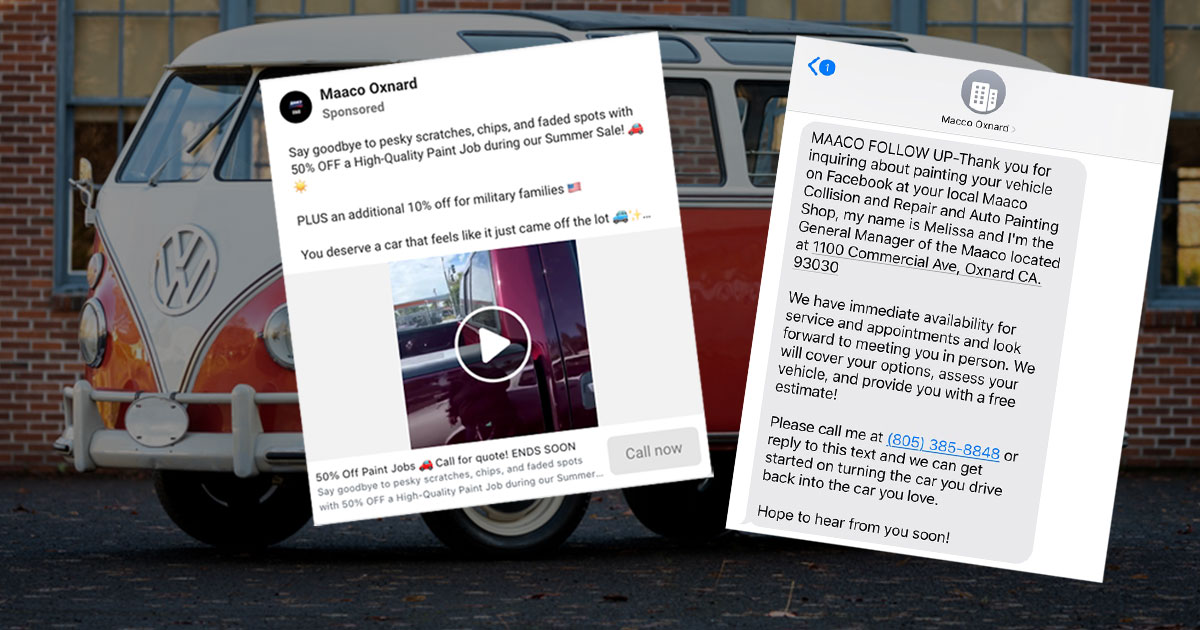
This technique also establishes a one-to-one communication thread between the customer and the company, making it easier for the customer to engage further. By opening a direct line of communication through text messaging, brands create a personalized experience that can quickly address any questions or concerns the customer might have, enhancing their overall experience. The convenience of texting—where customers can easily reply, ask questions, or even complete a purchase—removes barriers to communication and action, fostering a stronger connection between the customer and the brand. This personalized, immediate interaction not only increases the chances of conversion but also builds trust and loyalty, as customers feel that the brand is readily accessible and responsive to their needs.
Pro Tip: Setup a Twillio account for your company. This will allow you to integrate text messaging into your overall customer engagement strategy.
9. Retarget Website Visitors with Exclusive Offers
Social media retargeting works by showing ads to users who have previously interacted with a brand but have not yet completed a desired action, such as making a purchase. This interaction could be anything from visiting the website, adding items to a shopping cart, or engaging with previous ads. Retargeting leverages tracking pixels or cookies to follow these users across the web and social media, ensuring that they continue to see ads related to the products or services they’ve shown interest in. This targeted approach is highly effective because it focuses on individuals who are already familiar with the brand and have demonstrated some level of interest, making them more likely to convert when reminded or encouraged by a well-timed ad.

Retargeting is particularly powerful when promoting limited-time opportunities (like a free webinar invitation). The sense of urgency created by these offers, combined with the personalized nature of retargeting, can significantly boost conversion rates. When a user sees an ad that not only reminds them of a product they were interested in but also emphasizes that time is running out or that the offer is exclusive, they are more likely to act quickly to avoid missing out. This fear of missing out (FOMO) is a strong motivator, and retargeting ensures that these compelling messages are delivered to those who are most likely to be swayed by them.
Another advantage of Facebook and Instagram retargeting is its cost-effectiveness. Retargeting ads are generally inexpensive to implement because they are shown to a more defined and smaller audience—those who have already interacted with the brand. This focused targeting minimizes wasted ad spend, ensuring that every dollar is used efficiently to reach potential buyers who are more likely to convert. Additionally, retargeting is effective for both new and repeat conversions, as it keeps the brand top-of-mind for first-time visitors and re-engages past customers who may be considering a repeat purchase. The combination of low cost and high effectiveness makes retargeting an essential tool in any social media advertising strategy, especially when driving sales through limited-time or exclusive offers.
Pro Tip: Create unique retargeting campaigns to drive new, repeat and recurring orders.
10. Drive Traffic to Live Chat, Schedule Meeting, and or Call
Driving website traffic from Facebook and Instagram campaigns to actions like live chat, scheduling a meeting, or making an inbound call is crucial for capturing leads while they are most engaged with your brand. These conversion actions facilitate real-time communication, allowing potential customers to ask questions, receive immediate answers, and get personalized guidance—all while your brand and service are fresh in their minds. This immediacy not only increases the likelihood of conversion but also helps build trust, as customers feel valued and attended to promptly. Whether through live chat that provides instant support, scheduling a meeting that solidifies future engagement, or a direct call that offers personal interaction, each of these actions significantly enhances the customer experience and drives them closer to making a purchase.
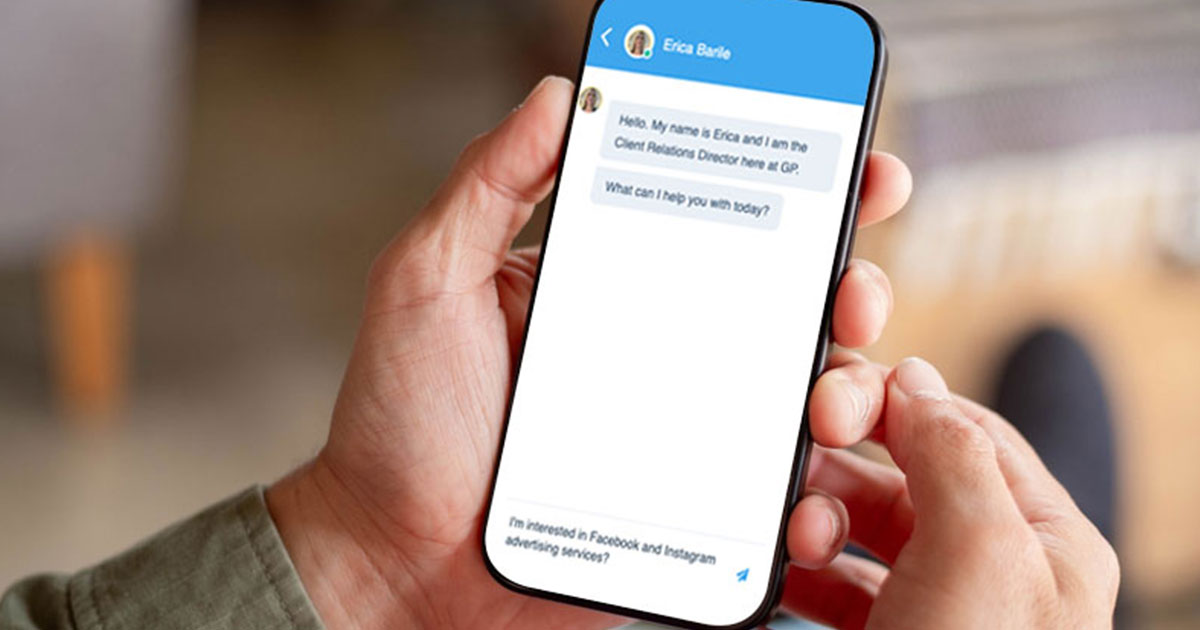
Moreover, tracking these conversion actions is vital for optimizing your Meta advertising strategy. By monitoring which users initiate live chats, schedule meetings, or make calls, you can gather valuable data on what aspects of your ads are driving the most engagement. This data allows you to continuously refine your campaign strategies—adjusting targeting, messaging, and timing to improve performance. For instance, if live chats are leading to the most conversions, you can prioritize ads that promote this feature, or if scheduling meetings is more effective, you can tailor your campaigns to encourage that action. This ongoing optimization ensures that your campaigns remain relevant, efficient, and aligned with the behaviors and preferences of your audience, ultimately maximizing ROI.
Pro Tip: Use a modern CRM (like Hubspot) to manage live chat, appointment scheduling, call tracking and form submissions all in one place with real-time reporting and dashboards.
Frequently Asked Questions
How much ad spend do I need to test a FB/IG ad campaign?
What do I need to start running ads on the Meta (FB/IG) platform?
To set up a Facebook and Instagram advertising campaign, you first need to create and optimize your Facebook and Instagram Pages to represent your brand. Next, set up a Meta Ad Manager account, where you’ll link a payment method for billing (typically a credit card on file). Once your account is ready, you can configure your campaign by defining your target audience, which involves selecting demographics, interests, and behaviors that match your buyer personas. After that, you’ll create and upload your ad content, including images, videos, and copy tailored to your audience. Next; you will upload custom audience lists for further targeting refinements. Finally, you’ll set your daily spend budget to ensure your ads reach enough people each day to gather meaningful data for optimization.
Do I have to verify and establish my Meta Ad account?
Meta requires new ad accounts to establish themselves by gradually spending small amounts each day over a period of time, a process known as “warming up” the account. This allows Meta’s algorithms to build trust in the account and better understand its behavior before larger budgets are introduced. The specific amounts and warming periods can vary depending on the industry, with more regulated or competitive sectors often requiring longer periods of lower spending to ensure compliance and performance stability. This gradual increase in ad spend helps prevent issues such as account bans or poor ad delivery and ensures more effective campaign performance over time.
How long does it take to model ROI from social media campaigns?
During Facebook and Instagram advertising campaigns, targeting and content are optimized over 30, 60, and 90-day periods through continuous testing and refinement. Initially, various audience segments and content variations are tested to identify what resonates best with the target audience. As data accumulates, performance metrics like Cost Per Mille (CPM), Cost Per Lead (CPL), and Cost Per Acquisition (CPA) are analyzed and adjusted to improve efficiency. Once these performance goals are consistently met, daily spend budgets can be scaled, allowing the campaign to reach a larger audience while maintaining or even increasing the return on investment (ROI). This strategic scaling maximizes the campaign’s profitability while keeping costs under control.
Conclusion >>> Meta Advertising Strategy (Facebook and Instagram Ads) is Central to Digital Marketing Success
Please use the scheduling tool below to book a meeting with our team to discuss Meta advertising strategy options. Feel free to live chat for an immediate response.
👇👇👇
We would love to help you drive steady leads, first time purchases, and repeat orders from social media advertising campaigns.
We look forward to working with you,
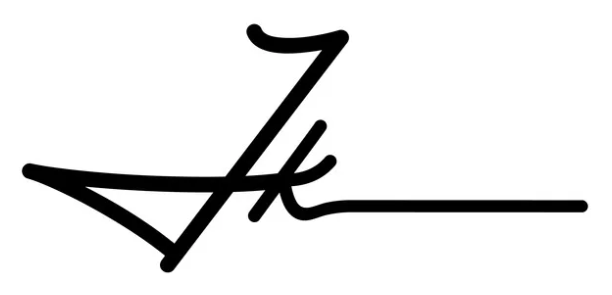
 Jeremy Koenig
Jeremy Koenig
Giant Partners
President
Connect on Linkedin
About Giant Partners
24 years. 6000 customers. Giant Partners is America’s #1 data driven marketing agency. We accelerate campaign performance with custom audience data, brand management, website development, CRM integration, email marketing, and omni-channel advertising.
